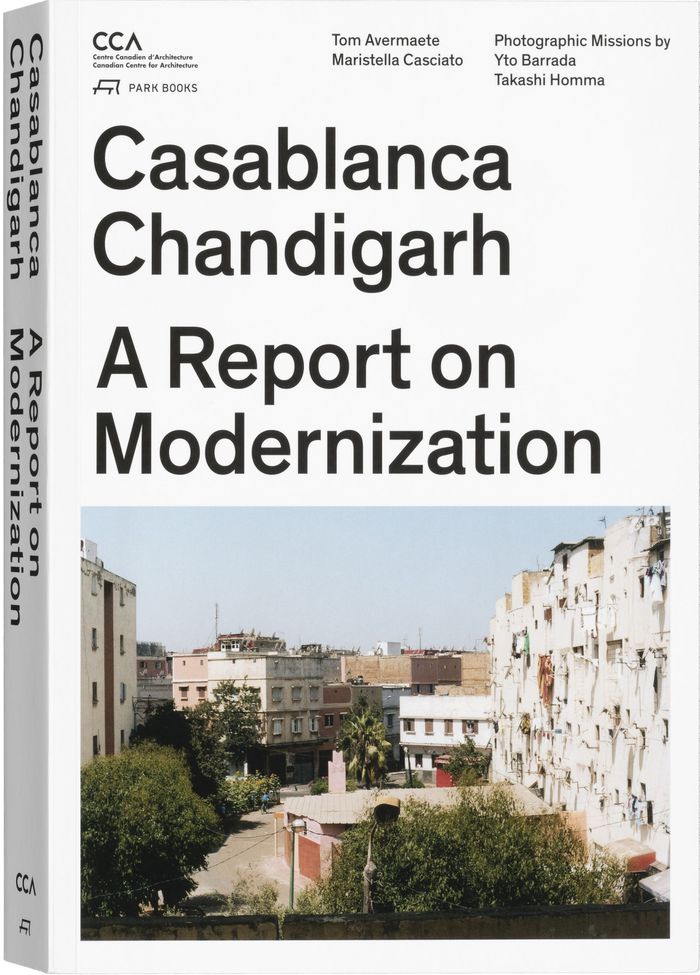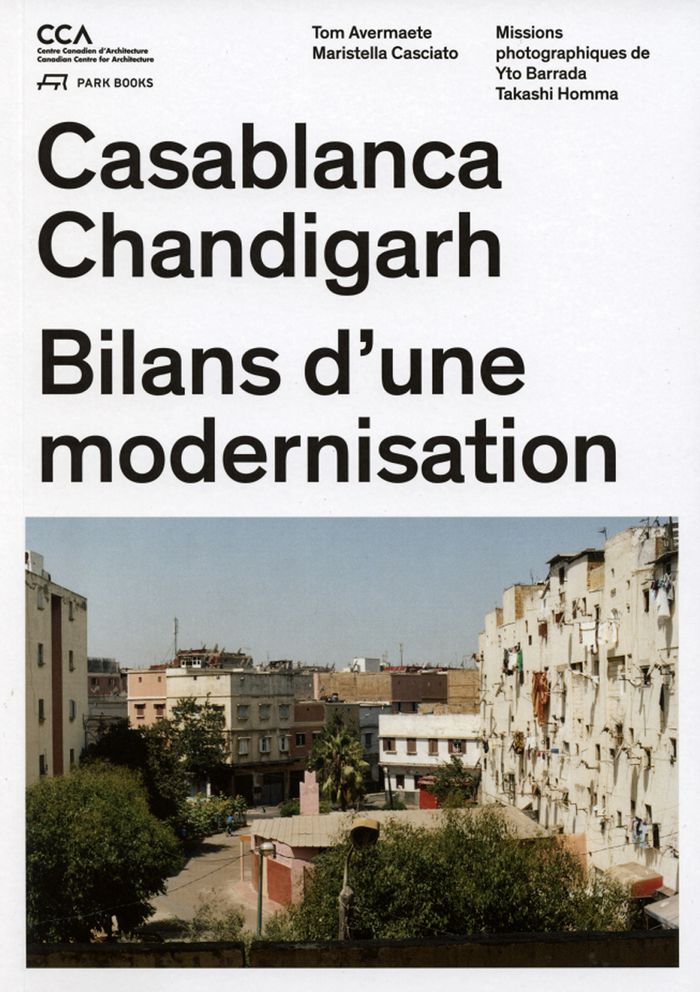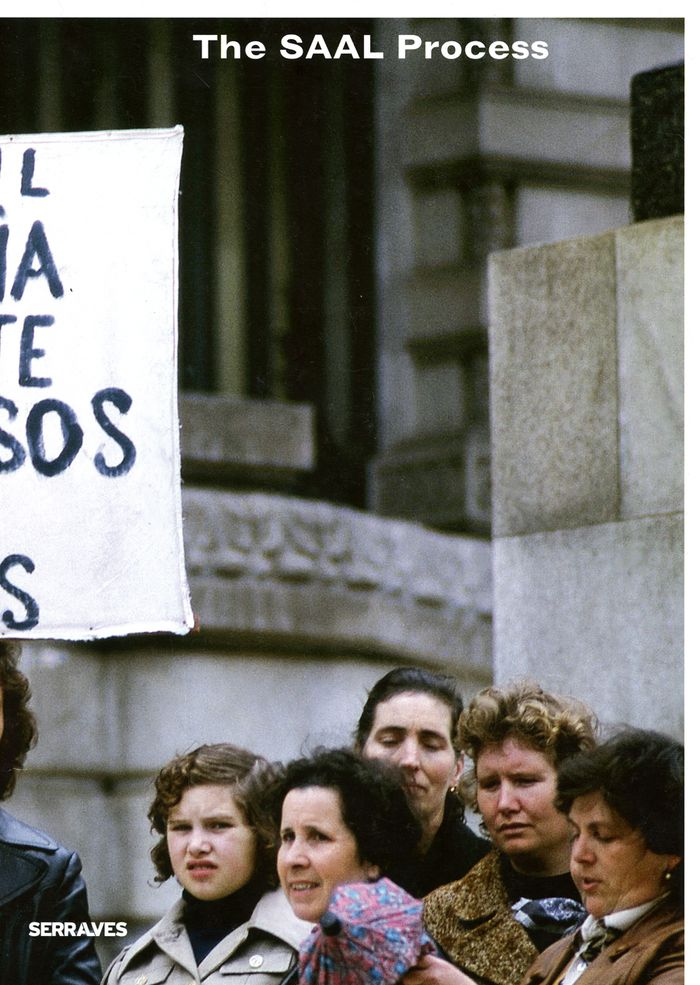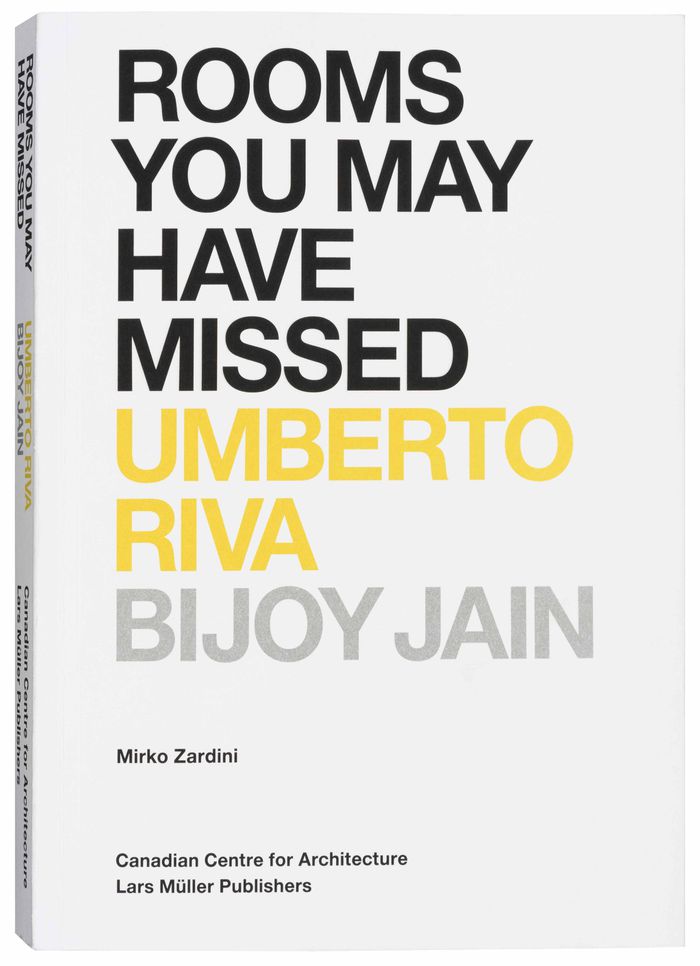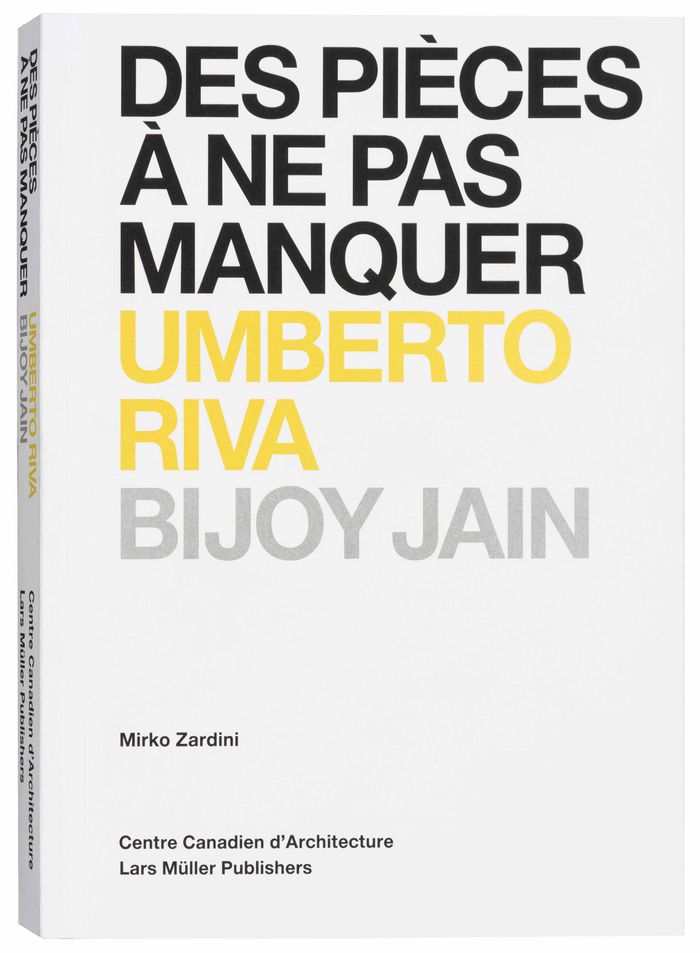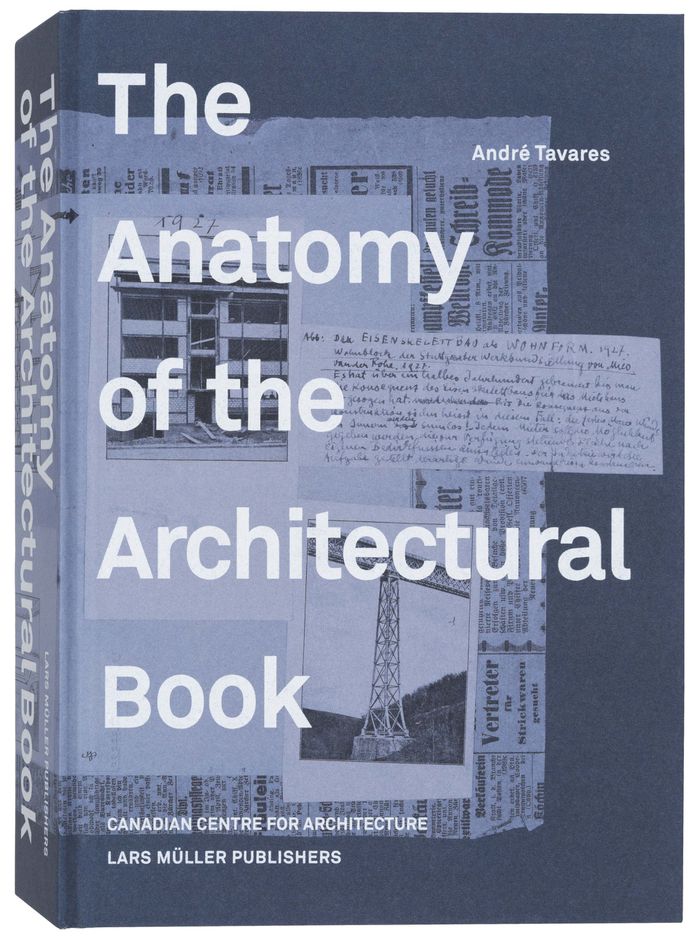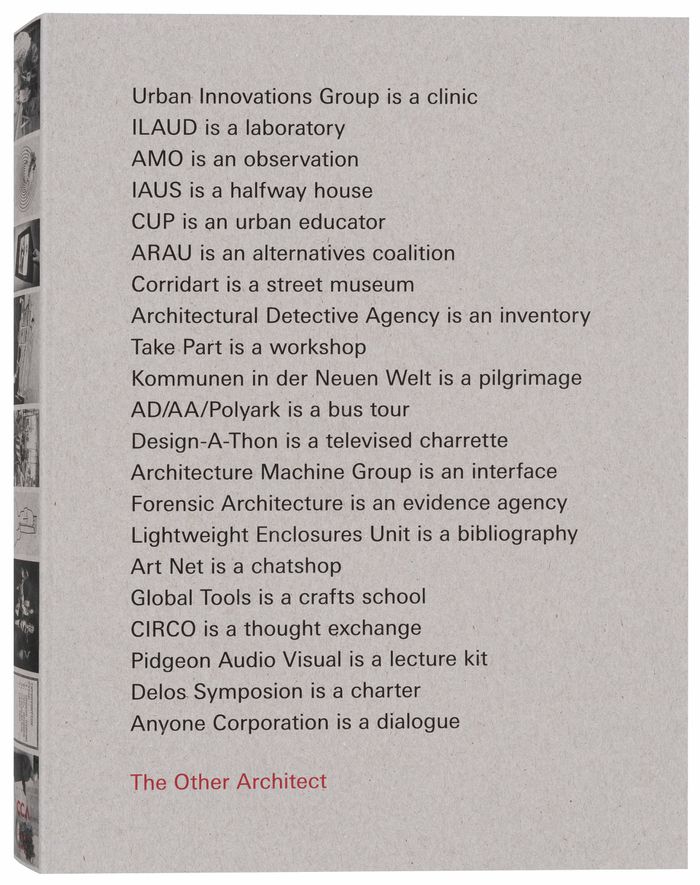$45.00
(available in store)
Summary:
This book documents two complementary urban realities that have played a fundamental role in the imagination, definition and redefinition of the twentieth-century modern city. Shifting away from an understanding of architecture as the construction of monumental masterpieces, the texts collected here assemble the narratives behind the public spaces, housing and social(...)
Casablanca Chandigarh: a report on modernization
Actions:
Price:
$45.00
(available in store)
Summary:
This book documents two complementary urban realities that have played a fundamental role in the imagination, definition and redefinition of the twentieth-century modern city. Shifting away from an understanding of architecture as the construction of monumental masterpieces, the texts collected here assemble the narratives behind the public spaces, housing and social facilities in these two cities, where modern plans have proven unexpectedly resilient and adaptable over time. This perspective is reinforced through visual contributions by Yto Barrada and Takashi Homma—two photographers especially invested in capturing everyday urban life. In a world marked by decolonization and Cold War politics, Casablanca and Chandigarh appear simultaneously as exponents of and countercurrents to modernization and its development perspectives. The book’s three chapters set the context for reading Casablanca and Chandigarh as the results of nuanced, dynamic processes of international exchange driven by the engagement and expertise of a new class of design professionals. As a dossier of actors, alignments and agendas, the book contributes to an alternative historiography of post-war urbanism and to recent reflections on the impact of transnational practice.
CCA Publications
$45.00
(available in store)
Summary:
Le présent ouvrage documente deux réalités urbaines complémentaires qui ont joué un rôle fondamental dans l’imaginaire de la ville moderne du vingtième siècle, ainsi que dans sa définition et ses multiples redéfinitions. Se démarquant de l’idée que l’architecture qui fait l’Histoire est celle des chefs-d’œuvre monumentaux, les textes recueillis ici s’attachent plutôt à(...)
Casablanca Chandigarh : bilans d’une modernisation
Actions:
Price:
$45.00
(available in store)
Summary:
Le présent ouvrage documente deux réalités urbaines complémentaires qui ont joué un rôle fondamental dans l’imaginaire de la ville moderne du vingtième siècle, ainsi que dans sa définition et ses multiples redéfinitions. Se démarquant de l’idée que l’architecture qui fait l’Histoire est celle des chefs-d’œuvre monumentaux, les textes recueillis ici s’attachent plutôt à l’histoire des espaces publics, des structures d’habitation et des installations communautaires de ces deux villes, dont les plans modernes se sont révélés étonnamment adaptables sur la durée. Cette perspective est illustrée par les photographies de Yto Barrada et de Takashi Homma, deux artistes qui se sont efforcés d’y capturer l’essence de la vie urbaine au quotidien. Dans un monde marqué par la décolonisation et les complexités politiques de la guerre froide, Casablanca et Chandigarh figurent à la fois comme une illustration et un contre-exemple des processus de modernisation et de développement. Les trois chapitres de cet ouvrage établissent le contexte qui permet d’interpréter la réalité urbaine de Casablanca et de Chandigarh comme le résultat de processus dynamiques et nuancés d’échanges internationaux stimulés par l’engagement et l’expertise d’une nouvelle classe de professionnels de l’urbanisme. Grâce à son étude des acteurs, des idéologies et des objectifs qui sous-tendent ces deux réalisations urbanistiques, le présent ouvrage vise à contribuer à une historiographie divergente de l’urbanisme d’après-guerre et aux réflexions actuelles sur l’effet des pratiques transnationales en matière d’urbanisme.
CCA Publications
$65.00
(available in store)
Summary:
Born out of the Portuguese revolution of 1974, the Serviço Ambulatório de Apoio Local (SAAL) was one of the most compelling processes in 20th-century architecture. A pioneering experiment in Europe, it set up technical teams led by architects who, in collaboration with the local population, tried to address the urgent housing needs of communities across the nation. The(...)
The SAAL process: Architecture and participation 1974-1976
Actions:
Price:
$65.00
(available in store)
Summary:
Born out of the Portuguese revolution of 1974, the Serviço Ambulatório de Apoio Local (SAAL) was one of the most compelling processes in 20th-century architecture. A pioneering experiment in Europe, it set up technical teams led by architects who, in collaboration with the local population, tried to address the urgent housing needs of communities across the nation. The teams were reinventing architectural practice, from surveying living conditions to monitoring land expropriation, designing projects with the residents directly. This volume includes new essays along with historic texts, an interview with some of the major figures involved, and extensive project documentation. An exhibition by the Museu de Arte Contemporânea de Serralves, The SAAL Process will be presented at the CCA in Spring 2015.
CCA Publications
$25.00
(available in store)
Summary:
Rooms You May Have Missed reclaims the significance of inhabitation and is for that reason a collection of domestic spaces—entry porticos, kitchens, bedrooms, closets, dining rooms, courtyards, gardens, vestibules, living rooms, offices, dens and washrooms—as reinvented in the work of two very different architects: Umberto Riva in Milan and Bijoy Jain in Mumbai. Common to(...)
Rooms you may have missed: Bijoy Jain, Umberto Riva
Actions:
Price:
$25.00
(available in store)
Summary:
Rooms You May Have Missed reclaims the significance of inhabitation and is for that reason a collection of domestic spaces—entry porticos, kitchens, bedrooms, closets, dining rooms, courtyards, gardens, vestibules, living rooms, offices, dens and washrooms—as reinvented in the work of two very different architects: Umberto Riva in Milan and Bijoy Jain in Mumbai. Common to their practices is a genuine concern for the details that support living in and our common rituals of waking, bathing, eating, entertaining and sleeping.
CCA Publications
$25.00
(available in store)
Summary:
L’exposition Des pièces à ne manquer revendique l’importance de l’acte d’habiter et constitue, pour cette raison, une collection d’espaces domestiques (porches, cuisines, chambres, penderies, salles à manger, cours, jardins, vestibules, séjours, bureaux, coins de détente et salles d’eau) réinventés par deux architectes très différents, Umberto Riva à Milan et Bijoy Jain à(...)
Des pièces à ne pas manquer: Bijoy Jain, Umberto Riva
Actions:
Price:
$25.00
(available in store)
Summary:
L’exposition Des pièces à ne manquer revendique l’importance de l’acte d’habiter et constitue, pour cette raison, une collection d’espaces domestiques (porches, cuisines, chambres, penderies, salles à manger, cours, jardins, vestibules, séjours, bureaux, coins de détente et salles d’eau) réinventés par deux architectes très différents, Umberto Riva à Milan et Bijoy Jain à Mumbai. Ceux-ci se rejoignent néanmoins dans l’attention qu’ils portent aux détails de la vie à l’intérieur ainsi qu’à nos rituels communs que sont le réveil, le bain, les repas, le divertissement et le sommeil. Cette publication accompagne l'exposition.
CCA Publications
$49.00
(available to order)
Summary:
The Anatomy of the Architectural Book examines the relationships between book culture and building culture, making visible the axes along which architectural knowledge circulates through books into buildings and back. Using five conceptual tools—texture, surface, rhythm, structure, and scale—Tavares analyzes the material qualities of a wide range of books in order to(...)
The anatomy of the architectural book
Actions:
Price:
$49.00
(available to order)
Summary:
The Anatomy of the Architectural Book examines the relationships between book culture and building culture, making visible the axes along which architectural knowledge circulates through books into buildings and back. Using five conceptual tools—texture, surface, rhythm, structure, and scale—Tavares analyzes the material qualities of a wide range of books in order to assess these dynamics and intersections. This investigation confronts us with the rise of the industrialized book, and thus of the editor as an important intermediary between the author and the printer, as well as with the configuration of the book as a unique visual device (with the designer taking part in a progressively more complex chain of decision-making). Richly illustrated with samples from the CCA library, the volume discusses work by authors including William Morris, Gottfried Semper, El Lissitzky, Le Corbusier, and Frank Lloyd Wright, among others. A large portion of the research for the book was undertaken while Tavares was a Visiting Scholar at the CCA. It is co-published in English by Lars Müller Publishers and in Portuguese by Dafne Editora.
$45.00
(available in store)
Summary:
The Other Architect presents 23 case studies that emphasize the potential for architecture to identify the urgent issues of our time. These international and often multidisciplinary groups, with examples from the 1960s to today, invented and adopted new methods outside of traditional design practices in order to create architecture without building. The alternative(...)
The other architect: another way of building architecture
Actions:
Price:
$45.00
(available in store)
Summary:
The Other Architect presents 23 case studies that emphasize the potential for architecture to identify the urgent issues of our time. These international and often multidisciplinary groups, with examples from the 1960s to today, invented and adopted new methods outside of traditional design practices in order to create architecture without building. The alternative approaches shown in the exhibition challenge the concept of individual authorship in favor of establishing collaborative networks or partnerships with permeable roles. Their work took on non-traditional forms such as bibliographies, surveys, databases, conferences, posters, questionnaires and manifestos. By avoiding the built form, these unexpected ways of practicing allow architecture to actively shape a cultural agenda. 416 pages and over 300 colour facsimiles of traces left in letters, books, drawings, photographs, budgets, videos, mission statements, meeting minutes, T-shirts, boats, and buses
CCA Publications
